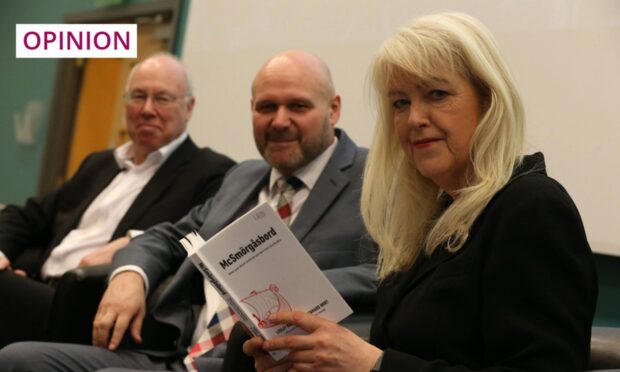In some ways the oft cited statistic that one in four people will experience a mental health problem each year is misleading.
It can imply that three out of four will encounter no issues. Perhaps it’s more helpful to consider that we all live on a mental health continuum, which places us somewhere between wellness and distress at any given moment.
Whilst it appears that as a society we have made progress in awareness of mental health issues and more people are being open about their problems, when we encounter a person in distress many of us are still at a loss as to what we should do. Instinctively we may attempt to problem solve, to gather a list of the person’s problems and consider how these may be fixed one by one. This undoubtedly comes from a good place. However, regardless of how well intended, it can be counterproductive.
‘The righting reflex’ was a term coined by clinical psychologists William Miller and Stephen Rollnick to describe the impulsive act of trying to correct or fix another person’s problems. Often this takes the form of advice giving. The reasons we do this may vary, but can be inspired by the general discomfort we may feel when seeing another person in pain and distress. Consider the last time you saw someone cry and note your response. What did you do and say? Through our discomfort we can feel the urge to fix things and, despite good intentions, for the person on the receiving end it can feel like a failure of empathy. The righting reflex is an impulse we must try to resist.
Giving advice may produce resistance as people generally don’t like being told what to do. Advice giving can be perceived as patronising, implying that the person hasn’t tried enough on their own. Furthermore, if we simply tell people what they should do there is no opportunity for them to develop their own strategies and solutions – and to make mistakes – which is often a catalyst for growth.
Through ‘righting’ and trying to fix, self-efficacy and self-belief are eroded and a dependence on others for answers can be created. Rather than trying to fix, it’s important to validate what the person is saying and to help them explore their thoughts, feelings and behaviours. This promotes critical thinking and creates a safe space for the person to experiment, make growth-promoting mistakes, build confidence and become empowered.
Often what people want and need is simply to be heard and feel understood. This means taking time to focus on the person’s perspective first – trying to get on the same page as them, acknowledging that they are the expert of their own experience and have invaluable knowledge, strengths and preferences. Humanistic psychologist Carl Rogers described empathy as sensing another person’s private world as if it were your own, and communicating that understanding. This means actively listening, using your imagination to view the world from their perspective, and telling the person your understanding of it.
Through clarification we can check out how close we are to understanding, and if we’re not there, we keep going. The act of listening and communicating empathy may not be ‘fixing’ a person’s problems, but it can be exactly what a person needs. People experiencing mental distress often feel different and excluded, compounding their existing problems. Empathy, as Rogers said, brings people back into the human race. The connection to others through empathy is crucial to any therapeutic interaction.
Whilst mental health issues are always unique and may require a variety of interventions and approaches, the one constant is that people need human connection and someone to take the time to hear their story. Miller and Rollnick recognised that resisting the righting reflex takes effort, and is often our first instinct. We want to help, and we shouldn’t be critical of that intent.
However, it’s important to note that by resisting the righting reflex we are helping. Through connecting, empathising, understanding and hearing a person’s story, we are doing more good than we may think. Resisting the righting reflex is uncomfortable at times, and it can feel like we’re not helping, but resist we should.
Through listening with empathy, we are helping.
Dan Warrender and Scott Macpherson are lecturers in mental health nursing at Robert Gordon University (RGU)










